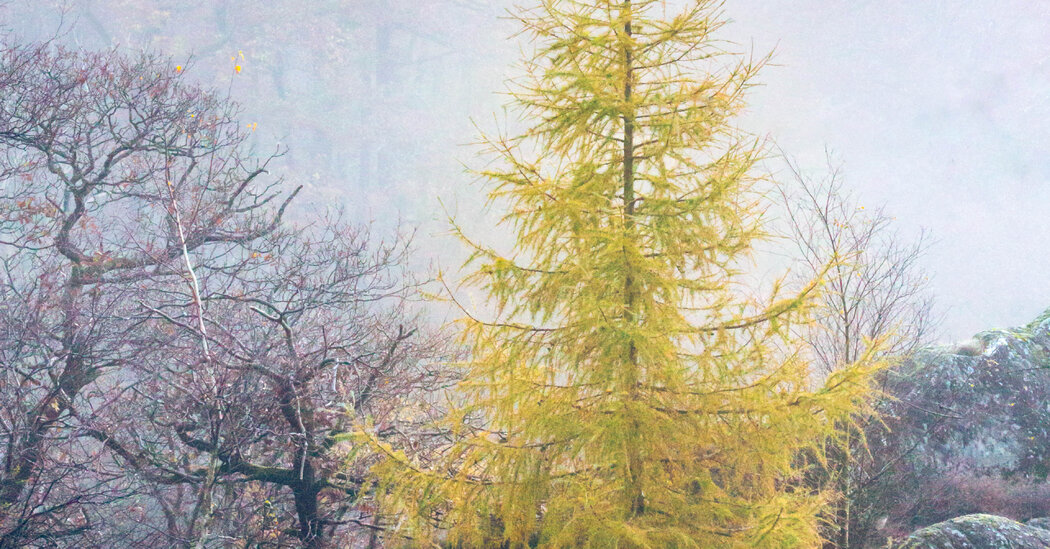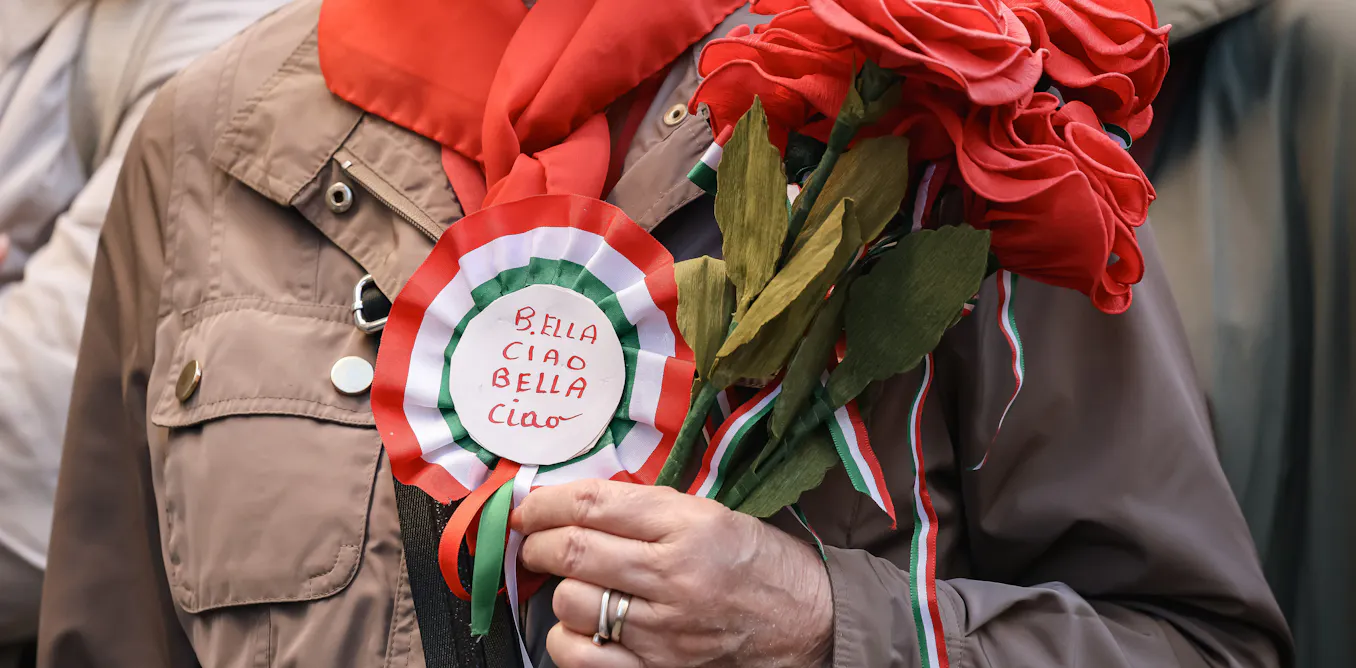
As trees go, it wasn’t that impressive. Its branches were a little crooked, one stuck out at a right angle like a broken arm, and its needles had all but fallen off in the last cold snap.
But it didn’t matter. I liked this tree. The Parent Larch, as it is known, is nearly 300 years old and one of the first — if not the first — European larch planted in Britain from a handful gifted to the Duke of Atholl in the early 18th century.
I wonder if the duke knew what he had. Those trees and their descendants — later, many of them hybrids, crossed with Japanese larch — would go on to a remarkable role in Britain’s landscape, economy and culture. As the hulls of warships, as the railroad ties laid along the miles of tracks carved through Britain in the 19th century, and as the straight, strong rods that held the roof above coal miners’ heads, known as pit props.
But then, centuries later, it would be devastated by disease. And despite being prized for its strength, the larch, much like the world it inhabits, would turn out to be much more vulnerable than we’d imagined. Its story is the story of our relationship with our environment condensed into one lovely tree.
Larch is a deciduous conifer — a misnomer you’d think, but no. It’s a needle-bearing, cone-carrying tree that changes color each autumn, dropping its needles like its broad-leaved cousins drop their leaves. Each October, hillsides in the north of England and Scotland are scattered with trees that look like cheerful, upturned, yellow and burnt orange paintbrushes.
Certain trees connect us to the past. Pivotal moments in history, moments where luck changed for better or worse, or a decision set a certain course. In the 18th century, seafaring explorers like Captain Cook gave beer brewed from the Sitka Spruce to their crews to prevent scurvy, and the tree’s light and strong timber was used for early warplanes in World War I. The resin of the Scots pine was used to make the turpentine that, mixed with pitch or tar, coated the hulls of wooden sailing ships, and its strong timber was used for masts. (Left alone, its short, blue-green leaves and reddish bark are home to red squirrels, wood ants and pine martens.)
The larch, too, is steeped in history. Its timber was straight, easy to manage and rot resistant, and it grew quicker than native broadleaves — ready to harvest in around 40 years. In the early 1800s, after the Napoleonic wars caused a shortage in the supply of British oak, the fourth Duke of Atholl (also known as Planter John, on account of the number of trees he planted) persuaded the Naval Board to build ships out of his larches. After trials, the H.M.S. Atholl was built and lasted 40 years. Larch’s career had begun.
The country estate on which I spent my childhood, as a forester’s daughter and a wood wanderer, had many hectares of larch, and a dusting of yellow needles coated my shoulders on my woodland walks. The story went that the land manager came back from World War I and was told to plant larch because it was good for pit props, and we’d always need pit props.
It turned out we wouldn’t always need pit props, nor wooden hulls for warships. But the trees continued to shower the hillsides with orange and yellow each fall, to clad and frame houses, fence gardens and hold up swings for children.
At least, it did. Since the late 2000s, about a quarter of Britain’s larch trees have been infected by Phytophthora (Greek for ‘plant-destroyer’) ramorum, a fungal-like pathogen that spreads via wind-blown spores and water in the soil. “Ramorum is so beautifully good at killing larch effectively,” Dr. Heather Dun, a scientist from Forest Research in Scotland who is studying the pathogen, told me. In the United States, it’s known as “sudden oak death,” targeting native trees like coast live oak and tanoak.
Researchers are training sniffer dogs to isolate the scent of Phytophthora ramorum in plant nurseries and prevent its spread in the field. (Some of them are very good at it, too. Ivor, a 6-year-old spaniel-Labrador cross on the team, apparently has a success rate of 89 percent.) And at small projects in the Galloway Forest, Dr. Dun and others are selectively breeding trees that display some natural resistance to the pathogen.
But nothing can be done in a hurry when trees are involved. For now, the larch’s important place is in our history, its future uncertain.
As I looked at the spindly, elderly first larch, which has stood through it all in its spot near Dunkeld Cathedral, in a town just off the main route north toward the Scottish Highlands, I realized that the duke couldn’t have known back then what he had. Nobody did. It’s only now that we finally understand that even those parts of our natural world that seem endlessly strong and useful are fragile, too.



